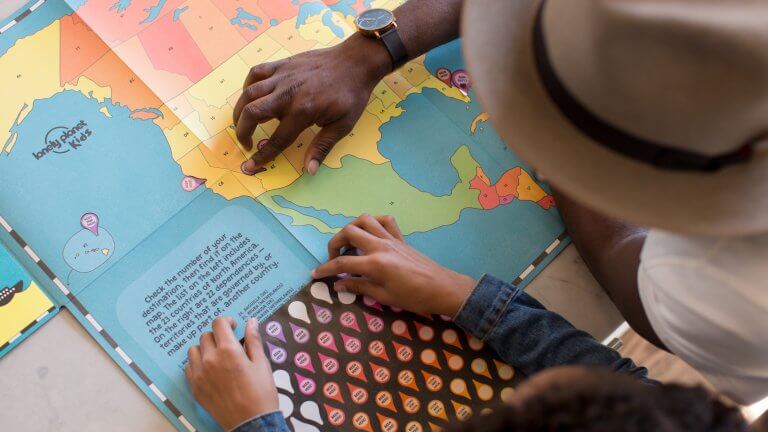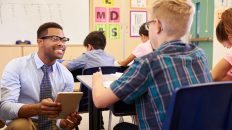Universal Design for Learning (UDL) offers all students a variety of ways to engage with the content you’re teaching. Today’s students enter classrooms with a wide range of skills, needs, and interests. At the same time, much of the curriculum available to teachers is narrowly focused, making it hard to meet the diverse needs of these students. Using the UDL framework can help you overcome curriculum barriers by focusing instruction on systematic learner variability rather than the mythical average student.
But what does a UDL lesson look like in the classroom? How can you transform a traditional lesson into a lesson designed using the UDL framework? Here are some things you can try today!
Using the UDL Framework to Write Lesson Goals
When you’re writing a lesson goal, start by asking yourself why it’s important for students to be learning the content of the lesson. Aim for goals that separate learning expectations from the means of achieving the expectations, consider all three learning networks, and challenge and involve all learners.
Traditional Goal: Students will read a textbook section on cell division and write a 500 word summary.
UDL Goal: Students will explore cell division and share information about cell division.
Using the UDL Framework to Craft Assessments
When you’re crafting assessments, plan ahead so they are intentionally part of instruction. Strive for assessments that are ongoing, measure products and processes, are flexible, reflect the learning goal, and inform and involve the learner.
Traditional Assessment: Students will take a paper-based, 25 question multiple choice test about cell division.
UDL Assessment: Students will create a model of cell division (using material of their choice, including digital media). Students will have access to scaffolds such as graphic organizers and will use a rubric to guide their process.
Using the UDL Framework When Choosing Teaching Methods
When you’re considering teaching methods, think about how you can employ methods that are flexible and varied. Choose methods that can be continually adjusted to meet learner needs and include all students within a collaborative environment.
Traditional Method: Students learn about cell division during whole group instruction where the teacher shows a video and then facilitates a class discussion.
UDL Method: Students learn about cell division first through whole-group pre-teach of vocabulary followed by learning centers where students work in collaborative groups.
Using the UDL Framework When Selecting Materials
When you’re selecting materials, don’t worry about picking “the right one” but rather have options available to meet the needs of diverse learners. Incorporate materials that align to the lesson goal(s) and engage learners in becoming proactive.
Traditional Materials: Students use text-based materials to learn about cell division.
UDL Materials: Students learn about cell division through a variety of multimedia such as books, images, audio, videos, or manipulatives.
Where do I start?
Start by thinking about your lesson goals. Clear learning goals are the foundation of any effective curriculum. If you understand and can verbalize or demonstrate what the goal is for your students, you will be able to design assessments, figure out what kind of methods to use, and plan for materials.
Gretchen Kehrberg was formerly a Special Education Specialist at Region 13. In addition to her experience at the Education Service Center Region 13, she had ten years of teaching experience. Gretchen is passionate about education and working with teachers to create inclusive learning environments where all students have the opportunity to grow academically, socially, and emotionally.






[…] a profession, education has a single purpose of guaranteeing that all students learn. Because teachers come to the profession with varied skill sets, it is important for them to rely […]